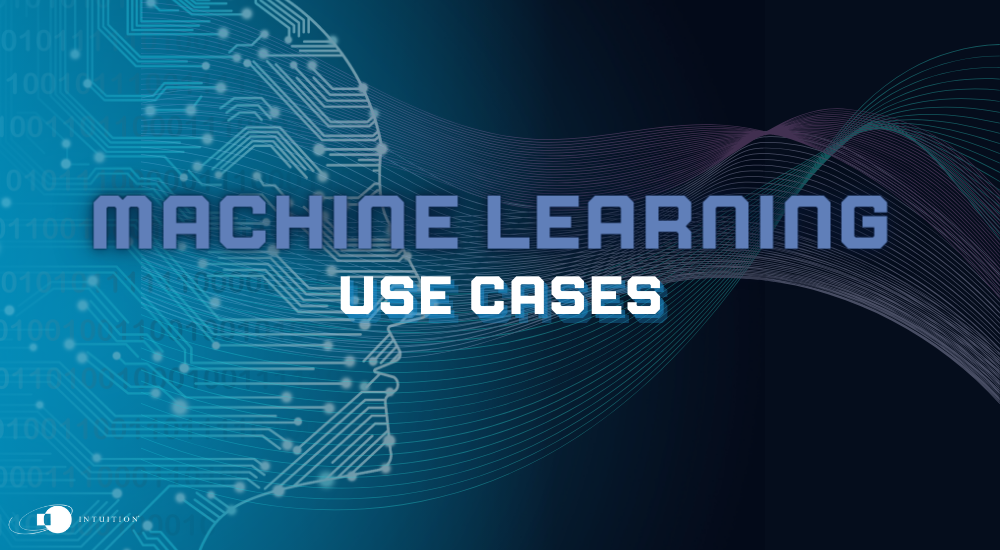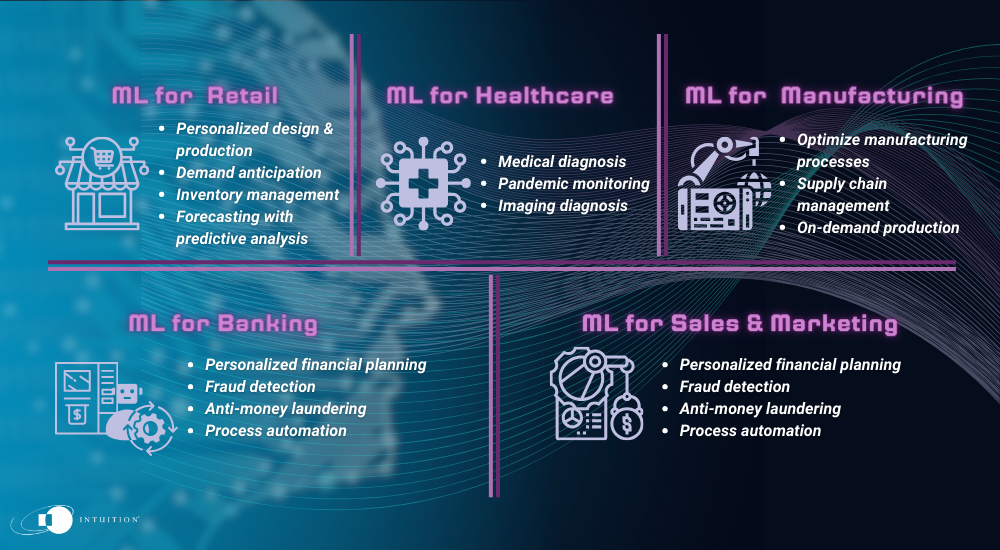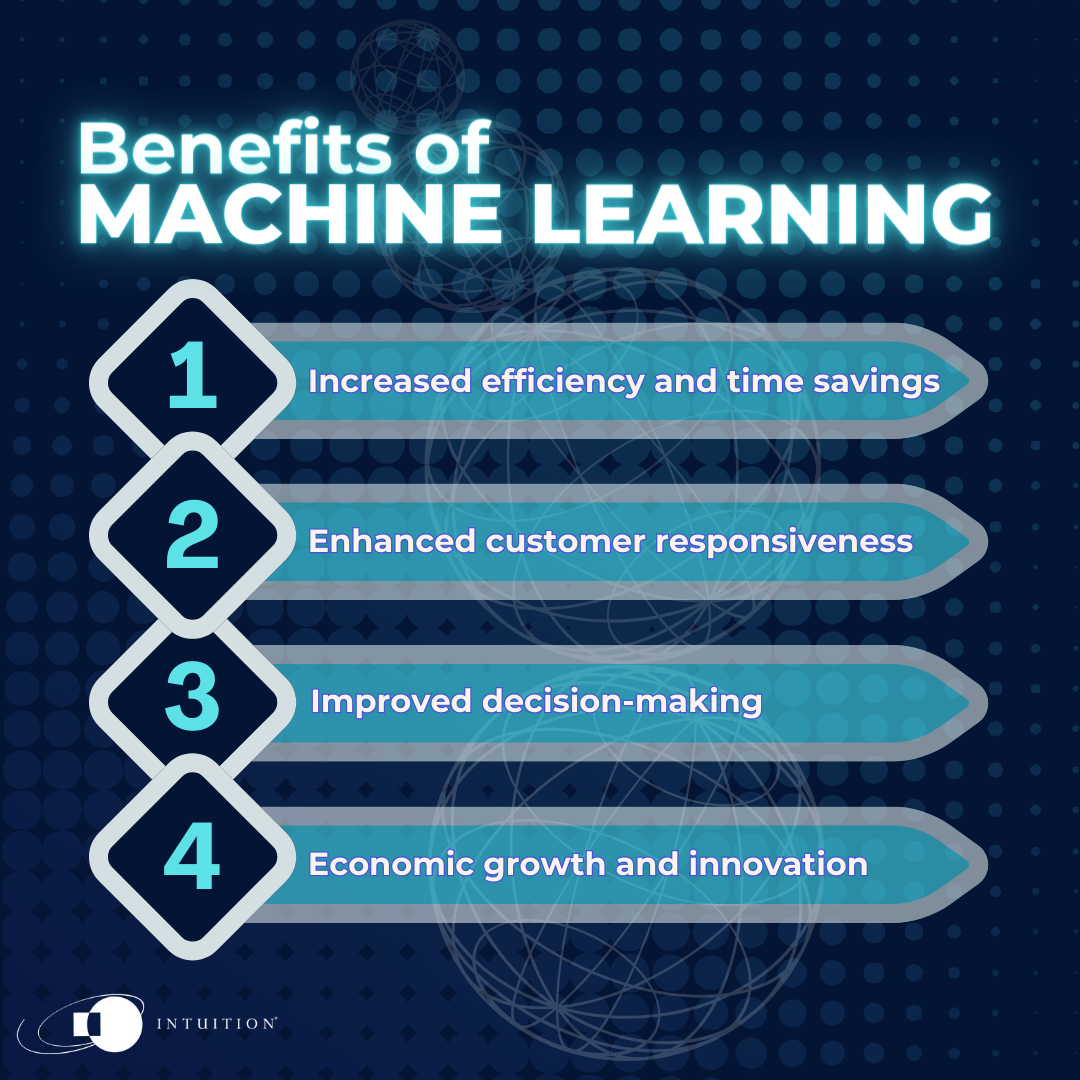Machine learning by the numbers: Its impact on business
Machine learning (ML) has emerged as a powerful subset of artificial intelligence (AI), revolutionizing industries across the globe.
By leveraging historical data and sophisticated algorithms, machines can now imitate human learning, continuously improving their accuracy and capabilities. The impact of machine learning is undeniable, with its presence felt in various aspects of our daily lives, from mobile banking to personalized recommendations on social media.
In this article, we delve into the world of machine learning statistics to understand the market growth, adoption rate, use cases, challenges, and the skills required for success.
Machine learning market and adoption rate statistics
The global machine learning market has witnessed steady growth, with a valuation of $15.44 billion in 2021. This upward trend is expected to continue, as the market is projected to reach $209.91 billion by 2029, exhibiting a remarkable compound annual growth rate (CAGR) of 38.8% (Fortune Business Insights). Additionally, the machine learning platforms market is estimated to reach $31.36 billion by 2028 (Proficient Market Insights).
The AI market, of which machine learning is a significant component, is expected to reach $500 billion by the end 2023 and a staggering $1,597.1 billion by 2030, with a CAGR of 38.1% (IDC, Precedence Research).
These figures demonstrate the immense potential and widespread adoption of AI technologies across industries.
Machine learning use cases
ML finds applications in various sectors, with customer-centric use cases being the most prevalent. According to Statista, 57% of respondents consider customer experience as the top use case for machine learning and AI.
Let’s explore some prominent use cases in different industries:


Machine learning for Marketing and Sales
In the realm of marketing and sales, ML plays a pivotal role in identifying sales prospects and gaining insights into customers. Harvard Business Review reports that 49% of organizations utilize ML and AI to identify sales prospects, while 48% leverage these technologies to gain a deeper understanding of their prospects and customers. Moreover, 67% of respondents believe that ML and AI will be critical for future competitive advantage in marketing and sales (Harvard Business Review Analytic Services).
The adoption of machine learning in sales and marketing has yielded positive results, with 31% of respondents reporting increased revenue and market share as a direct outcome (Harvard Business Review). Furthermore, automation and machine learning have empowered marketing teams to focus on strategic activities, as 66% of marketing leaders claim (Think with Google).
Machine learning for Healthcare
The healthcare industry has witnessed significant advancements in ML applications, particularly in medical diagnosis, pandemic monitoring, and imaging diagnostics. ML-based medical diagnosis has the potential to transform patient care, and early identification of potential pandemics can save lives. Additionally, ML algorithms have demonstrated outstanding accuracy in imaging diagnostics, such as radiology and pathology.
The global AI in healthcare market was valued at $11.06 billion in 2021 and is projected to reach $187.95 billion by 2030 (Precedence Research, Statista). Clinical trials, a crucial aspect of healthcare research, accounted for over 24.2% of the revenue generated by the AI in healthcare market in 2021 (Precedence Research).
Machine learning for Banking
The banking sector stands to benefit tremendously from the integration of AI and machine learning technologies. Personalized financial planning, fraud detection, anti-money laundering, and process automation are among the areas with the highest ML and AI potential in banking.
The estimated global market for AI in the banking, financial services, and insurance sector is expected to reach $3.23 billion by 2022 and $15.32 billion by 2028, growing at a CAGR of 29.6% (Proficient Market Insights). Notably, 80% of banks are highly aware of the potential benefits of AI and machine learning, with 75% of respondents from banks with over $100 billion in assets already implementing AI strategies (Business Insider).
Machine learning for Manufacturing
In the manufacturing industry, machine learning can optimize manufacturing processes, supply chain management, and on-demand production. ML algorithms can auto-correct manufacturing processes, leading to improved efficiency and reduced costs. With the adoption of ML and AI, manufacturers can transform their operations and gain a competitive edge.
The AI in manufacturing market was estimated to be valued at $2.3 billion in 2022 and projected to reach $16.3 billion by 2027 (MarketsandMarkets). Despite the potential benefits, only 9% of manufacturing companies state that their ML and AI projects have met their expectations in terms of benefits, budget, and time invested (Deloitte).
Machine learning for Retail
In the retail industry, machine learning offers opportunities for personalized design and production, demand anticipation, and inventory management. By leveraging predictive analytics, retailers can forecast customer orders, optimize inventory levels, and streamline delivery processes.
The global AI in the retail market is expected to grow from $8.41 billion in 2022 to $45.74 billion by 2032, exhibiting a CAGR of 18.45% (Precedence Research). E-commerce transactions conducted via chatbots are predicted to amount to $112 billion by the end of 2023 (Juniper Research).
Machine learning benefits
ML is not meant to replace human capabilities but to augment and enhance them. By automating complex processes, ML enables companies to improve decision-making, uncover market gaps, and introduce innovative products and services.
Let’s explore the benefits of machine learning in more detail:
Increased efficiency and time savings
Global IT professionals report that 30% of employees are already saving time with new AI and automation software and tools (IBM). Intelligent automation, when adopted, is expected to result in an average cost reduction of 31% for organizations within the next three years (Deloitte).
Enhanced customer responsiveness
AI-powered enterprises are projected to respond 50% faster to customers, competitors, regulators, and partners compared to their peers by 2024 (Oracle). ML and AI-driven initiatives contribute to a labor productivity increase of up to 37% by 2025 (Committee on Industry, Research and Energy).
Improved decision-making
ML and AI empower employees with rich analytics and pattern prediction capabilities, enabling them to make more informed and accurate decisions. According to Accenture, 42% of companies stated that the profitability of their ML and AI initiatives exceeded expectations, while only 1% reported disappointment.
Economic growth and innovation
PwC research suggests that the global GDP could be up to 14% higher in 2030, amounting to $15.7 trillion, as a result of accelerated ML and AI development (PwC). ML and AI are expected to stimulate consumer demand, contributing to 45% of total economic gains by 2030 (PwC).

Investments in machine learning
Enterprises are increasingly recognizing the value of ML and AI initiatives, resulting in substantial investments. In the United States alone, spending on artificial intelligence is projected to reach $120 billion by 2025, with a CAGR of 26.0% from 2021 to 2025 (IDC).
According to a Statista report, 59% of organizations view accelerated investments in AI and machine learning as a strategy for future-proofing their business against changing customer demands and operational challenges. Moreover, 91% of top businesses report ongoing investments in AI and ML, with 91.7% indicating an increase in these investments (NewVantage Partners).
[How computers add value to business: Modeling & Decision-making]
ML skills demand and employment statistics
The demand for machine learning skills has skyrocketed, but the supply of skilled professionals has not kept pace. According to Statista, 82% of organizations require machine learning skills, while only 12% state that the supply of these skills is adequate.
The challenges of hiring for AI-related roles persist, with organizations grappling with the shortage of talent. The most demanded technical skills include coding, programming, software development, an understanding of governance, security, ethics, data visualization, and analytics (SnapLogic).
Machine learning challenges
While machine learning presents immense opportunities, it also comes with its fair share of challenges. IDC reports that 50% of AI initiatives fail, with only a small fraction of proof-of-concepts (PoCs) reaching production deployments. The lack of skilled personnel, high costs, data management issues, and algorithm explainability and selection are cited as the main reasons for failure (IDC).
Scaling AI and ML projects poses a significant challenge for organizations. Despite the recognition that transparency is crucial, a majority of organizations have not taken the necessary steps to ensure the trustworthiness and responsibility of their AI systems (IBM Global AI Adoption Index 2022).
Security automation: A special focus
Security automation has become an integral part of organizations’ cybersecurity strategies. By automating security control processes, companies can enhance their defense against cyber threats. However, the adoption of security automation is not without risks. Potential issues include concerns about data breach costs, the need for adequate security requirements, and the level of automation in organizations (Statista).
Conclusion
Machine learning has transformed industries, offering unprecedented opportunities for growth, innovation, and efficiency. The global market for machine learning and AI is on a rapid upward trajectory, with significant investments being made to harness the power of these technologies. Despite the challenges of talent scarcity and scaling, ML and AI continue to reshape business landscapes, driving economic gains, and empowering organizations to make data-driven decisions.
As the demand for ML skills continues to rise, organizations are placing greater emphasis on retraining existing employees and recruiting talent with the required expertise. The integration of machine learning into various sectors, such as marketing, healthcare, banking, manufacturing, and retail, has already yielded tangible benefits, ranging from increased revenue to improved customer experience.
To fully capitalize on the potential of machine learning, organizations must navigate challenges such as algorithm explainability, data management, and security automation. By addressing these hurdles and embracing the transformative power of ML, businesses can unlock new possibilities and propel themselves into a future powered by intelligent machines.

References:
Machine Learning – statistics & facts
Natural Language Processing Market – NLP Market
Artificial Intelligence (AI) Market
Artificial Intelligence and the future of sales and marketing
Marketing Machine Learning Investment statistics
Artificial Intelligence in Healthcare Market Size
The impact of artificial intelligence in the banking sector & how AI is being used in 2022
Deloitte Survey on AI Adoption in Manufacturing
Artificial Intelligence in Manufacturing Market
CHATBOTS TO DELIVER $11BN IN ANNUAL COST SAVINGS FOR RETAIL, BANKING & HEALTHCARE SECTORS BY 2023
IBM Global AI Adoption Index 2022
Thriving in the Digital Era with AI Lifecycle Synergies
Artificial Intelligence Summary
Sizing the prize What’s the real value of AI for your business and how can you capitalise?

